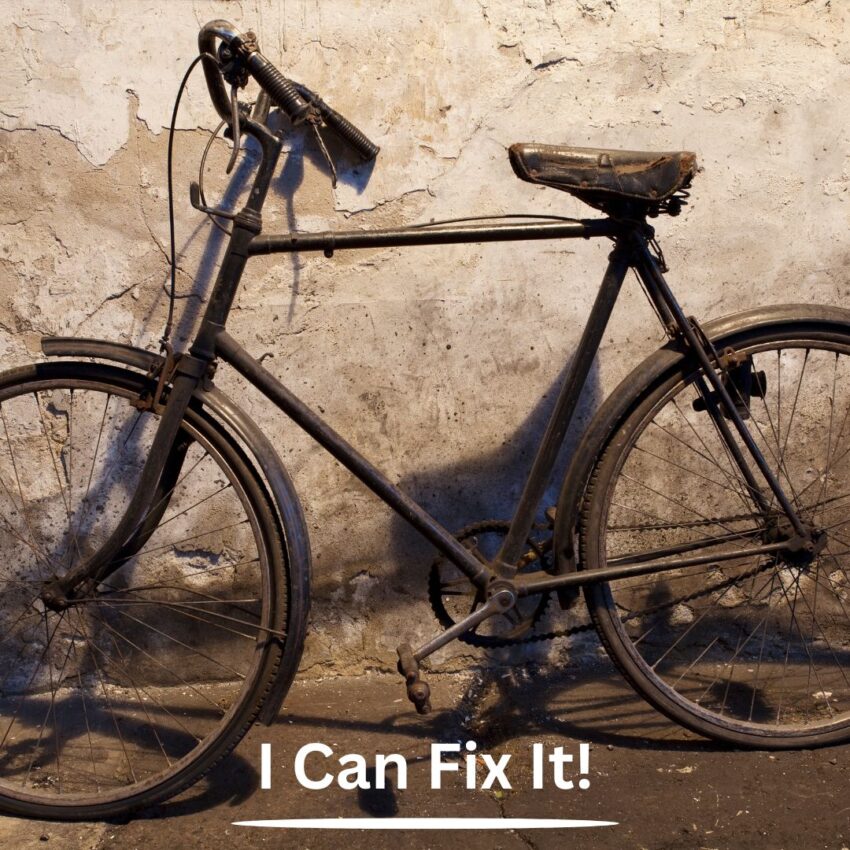So, I watched a documentary on YouTube this morning that compelled me to write a post. Before you watch the video, please take a moment and read what I have to say below. I think this is something we all can do better with…
The video explores the environmental impact of cycling, questioning whether bikes are as eco-friendly as they seem. While cycling itself is beneficial for health and society, the manufacturing process of bikes is resource-intensive. The video highlights issues such as the CO2 emissions and water usage required to produce bikes, as well as the challenges of waste disposal, particularly with non-recyclable or proprietary components.
It also touches on the rise of “fast fashion” in bike production, with lower-quality bikes being produced and discarded more frequently. Despite efforts by repair shops like Our Community Bikes to refurbish and donate bikes, many bicycles end up in landfills due to proprietary parts or the lack of sustainable alternatives.
The solution proposed includes extended producer responsibility, where manufacturers are held accountable for the end-of-life of their products. Innovators are working on more sustainable designs, like carbon fiber frames that can be repaired rather than discarded. Ultimately, the video calls for systemic changes in the bike industry to support a circular economy, while encouraging consumers to reduce consumption, reuse goods, and recycle effectively.
Now that I mentioned a circular economy, I thought maybe I should explain it. The video does a great job exposing this need and I feel it needs more attention. Now, I work in the recycling industry for construction, but cycling is my passion and I’m always looking for ways to shine more lights on it. Do I think we will ever get to a circular economy? Although I want to be positive we will, I’m just not sure if we can get there. But, if I can change just one person and that person changes one person, before you know it, we’ve changed to a more sustainable economy.
Transitioning to a circular economy in our current society, especially with how wasteful we’ve become, presents both immense challenges and opportunities. The core idea of a circular economy—where resources are continuously reused, repurposed, and regenerated rather than discarded—requires systemic change in how we design, produce, and consume goods.
Here are some key factors to consider:
- Consumer Habits: People today are accustomed to convenience and disposability, driven by a “take-make-dispose” mindset. Encouraging individuals to shift toward more sustainable choices, such as buying durable goods or adopting repair practices, requires large-scale education and incentives. This could include promoting a mindset shift around reducing consumption, emphasizing the reuse of materials, and normalizing second-hand or refurbished goods.
- Product Design and Innovation: Many products are still designed for a linear economy, built with planned obsolescence in mind. Moving toward a circular economy would require redesigning products with recyclability, reusability, and longer lifespans as priorities. Innovations in materials, such as biodegradable plastics or fully recyclable electronics, will be crucial.
- Corporate Responsibility: Businesses play a key role in driving the circular economy. More companies are adopting sustainability as a core value, but widespread adoption is still lacking. Extended producer responsibility (EPR), where companies are responsible for their products’ end-of-life, could push more corporations to think about long-term impacts. There’s also a need for businesses to adopt “closed-loop” systems where waste becomes input for new production.
- Government Policies: Governments can drive change by implementing stricter regulations and offering incentives for sustainable practices. Taxes on virgin materials or rewards for using recycled content are examples of potential policy drivers. Supporting local initiatives that focus on reducing waste and improving recycling infrastructure can also push society toward circularity.
- Technological Advancement: Technologies such as AI, blockchain, and IoT can aid in tracking resources and managing waste more effectively. These innovations can provide insights on where to focus efforts in reducing waste, optimizing the use of resources, and ensuring transparency in the supply chain.
- Cultural Shift: Cultural attitudes toward consumption, convenience, and ownership will need to evolve. Encouraging repair, sharing economies (like car-sharing or tool-sharing services), and waste-to-resource innovations will need to be normalized.
Although the path to a circular economy is difficult given current societal habits, the momentum is growing. By incorporating these practices and topics into your life, you can contribute to this cultural shift by raising awareness and offering practical guidance on reducing waste, reusing resources, and creating sustainable cycles in everyday life. Collectively, our voices could inspire others to adopt these practices, driving individual actions that lead to broader societal change.
Support Us: Check out our recommended products on Amazon.

